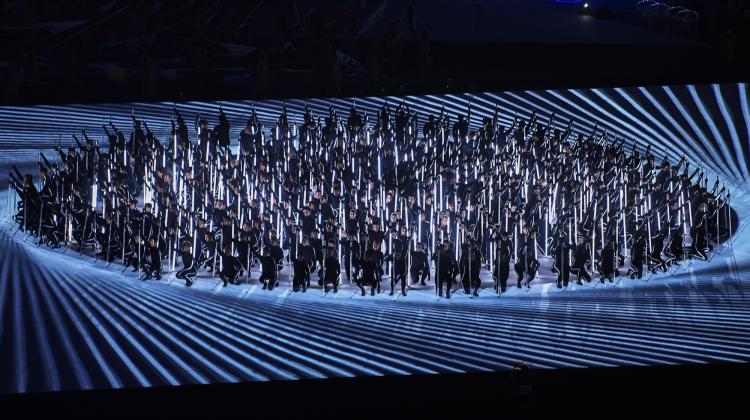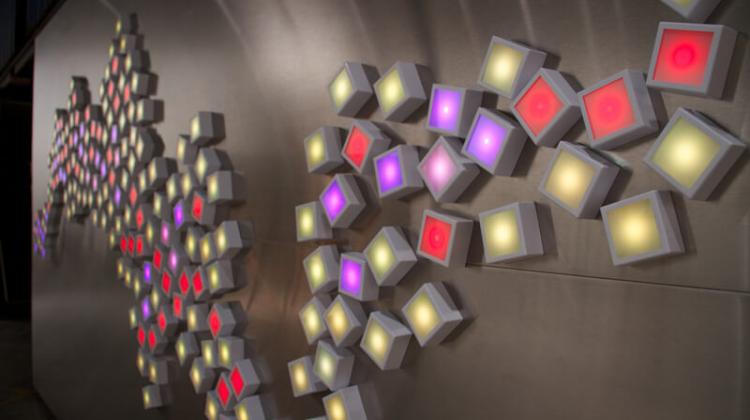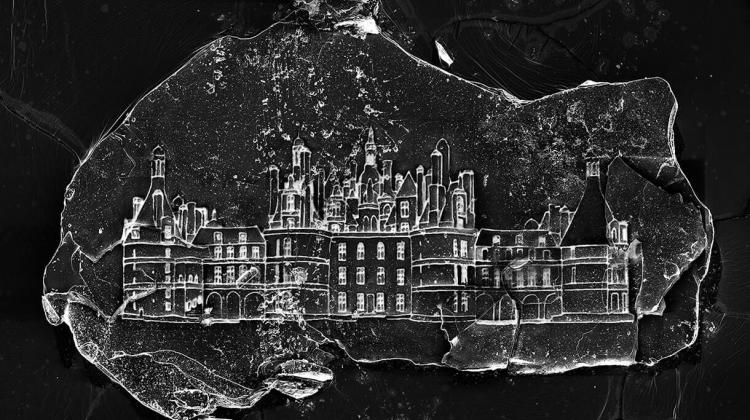Marcelo Coelho
Marcelo Coelho is a Lecturer in the Department of Architecture where he teaches graduate and undergraduate design studios and directs the Design Intelligence Lab. Spanning a wide range of media, processes, and scales, his work seeks to create new forms of expression and collaboration between human and machine intelligence.
Marcelo’s work has been exhibited internationally, including places such as the Rio 2016 Paralympic Ceremonies, Times Square, The Corcoran Gallery of Art, Tel Aviv Museum of Art, and Ars Electronica, and can be found in museums, private collections, and billions of products sold all over the world. Recognition for this work includes two Prix Ars Electronica awards, Design Miami/ Designer of the Future Award, Red Dot Design Award, and Fast Company’s Innovation by Design Award.
Marcelo holds a doctorate degree from the MIT Media Lab and teaches courses that bring together industrial design, user experience, and artificial intelligence.
Developed as part of MIT’s 4.043/4.044 Interaction Intelligence course, these Large Language Objects also provide a glimpse at a new kind of creative process that leverages the capabilities of generative AI from the early stages of concept development to coding, fabrication, and deployment.
Sticks were outfitted with a row of 128 programmable, high-intensity LEDs, which were triggered by a radio transmitter to play a series of pre-scripted animations and visual effects while dancers defined the position and orientation of each light.
Individually, pixels can be rearranged in space and change their color in response to touch; however, they only communicate their state to each other by using a person's body as the conduit for information. When grouped together, the pixels create patterns and animations, becoming a medium for composition and expression which evokes a form of digital graffiti.
In collaboration with visual artist Vik Muniz, we drew a series of castle drawings onto a grain of sand with the use of a focused ion beam and scanning electron microscope. The final images are exhibited as large scale prints.









